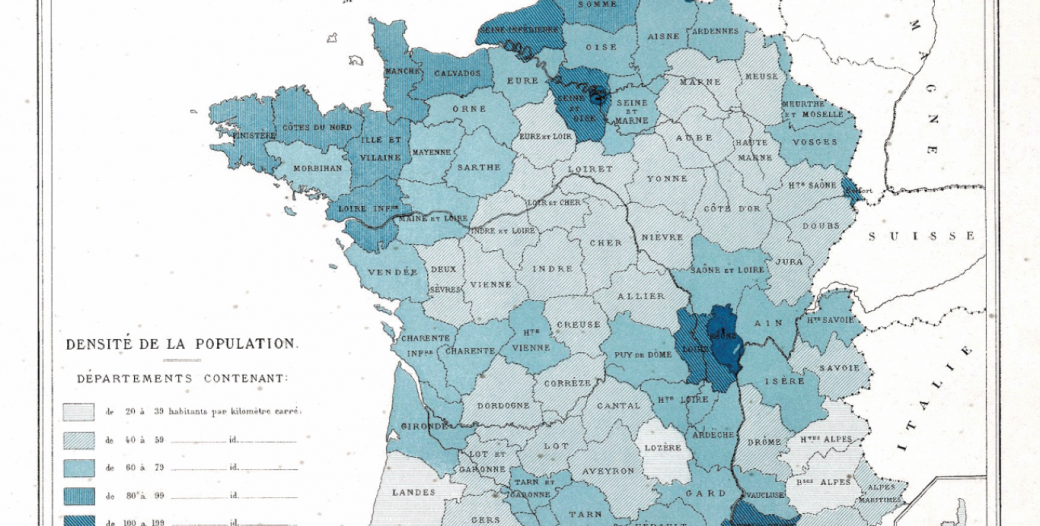Tracking Proust's Geography: What We Know about Places In Search of Lost Time
She is the author of Literary Geographies in Balzac and Proust (Cambridge, 2022). Her research explores the intersection of literature, visual studies, and social networks in modern French culture. She is the co-director of the Salons Project, a part of Mapping the Republic of Letters, as well as the director of Mapping Balzac. She received her doctorate from Stanford University and MAs from the University of Paris 8 and SUNY Buffalo. She is currently working on a cultural history of eighteenth- and nineteenth-century European salons as sites of literary production, as well as an accompanying database of French and European writers’ demographics and their social and literary networks.
Digital mapping has transformed the way that many in literary studies view geography, with realist geographies becoming more salient. Yet many literary geographies cannot be mapped accurately with standard geographical tools. Marcel Proust's In Search of Lost Time presents an interesting case of a novel in which place is fundamental yet the inter-relation of places is not identical to historical French and European geography. How can we use the tools of digital mapping to represent this gap between fiction and history? This talk presents some traditional maps of Proustian places, along with alternative ways of representing spatial relations, including bubblelines and network graphs, which might be more appropriate to Proustian ways of thinking.
